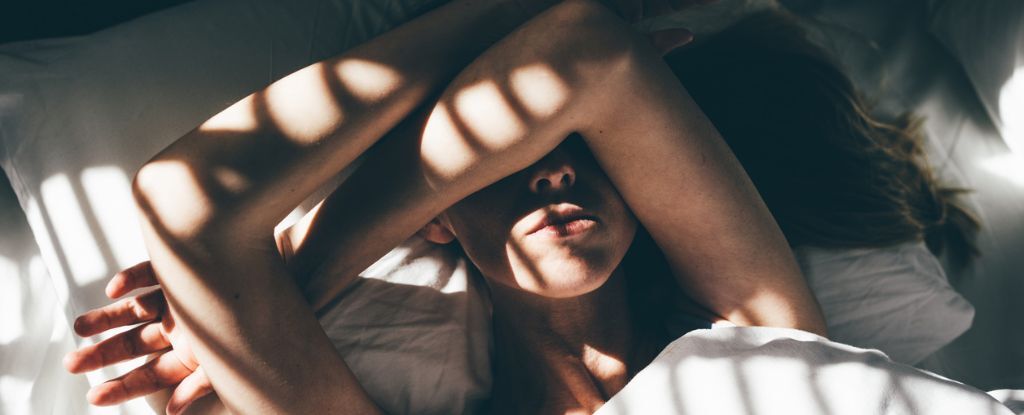In a rudimentary experiment, five practiced lucid dreamers (including two of the researchers) were able to control the movements of a virtual avatar from their dream state in reaction to LED triggers shone through their closed eyes.
In the thick of rapid eye movement sleep (REM), participants maintained control over a virtual cybertruck, using muscle contractions in their limbs to intentionally avoid obstacles represented by bright flashes of light.
Though the participants didn’t actually dream they were driving, the basic concept of responding to cues while otherwise asleep could lead to new ways of bridging the space between dream-states and the waking world.
In REM sleep, most muscles are largely paralyzed, but during lucid dreams, micro-contractions can still be made. The California neurotechnology startup REMspace developed special equipment that can detect tiny twitches of leg and arm muscles during sleep.



I personally never noticed it impacting the quality of my sleep, but the anticipation of lucid dreaming that night would often keep me awake longer until I fell asleep.
And then having to do the dream journal when I woke up was a lot of effort.
I eventually stopped keeping a journal, and I went from lucid dreaming multiple times a night 4 or 5 nights a week, pretty quickly to maybe once a week, and then maybe once a month to a handful of times a year.
The journal was really important for me.